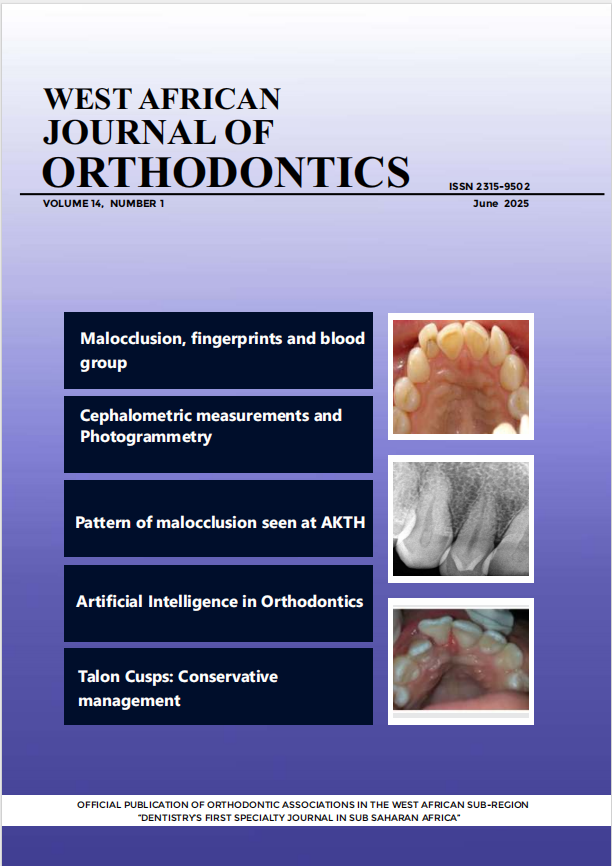The Role of Artificial Intelligence in Orthodontics
Abstract
Artificial Intelligence (AI) has rapidly emerged as a transformative tool in orthodontics, enhancing diagnostic accuracy, treatment planning, and clinical workflows. From its early conceptualisation to its present integration into healthcare, AI now plays a pivotal role in optimising orthodontic outcomes through data-driven decision-making and automation. This review synthesises current literature on the applications, benefits, and limitations of AI in orthodontics. It explores AI paradigms, including symbolic AI, machine learning, and deep learning, while categorising their functionalities into classification, regression, detection, and segmentation. Key databases and recent studies were evaluated to gather relevant data and outcomes across multiple subdomains of orthodontic practice. AI has been effectively implemented in diverse orthodontic tasks such as cephalometric analysis, bone age prediction, airway assessment, facial proportion analysis, and appliance fabrication. AI assisted systems have demonstrated high accuracy (often >90%) in diagnosis, treatment planning, and prediction models.
Notably, applications like extraction decision support, impacted canine management, and orthognathic surgery planning have shown significant promise. The integration of AI with teleorthodontics and 3D printing also opens new avenues for remote and customised care. AI is reshaping orthodontic practice by improving precision, efficiency, and patient outcomes. While challenges such as data bias, privacy concerns, and regulatory gaps remain, ongoing innovations suggest a future where AI could democratise access to advanced orthodontic care, especially in underserved regions. Strategic implementation and ethical governance will be key to its successful integration into routine practice.




